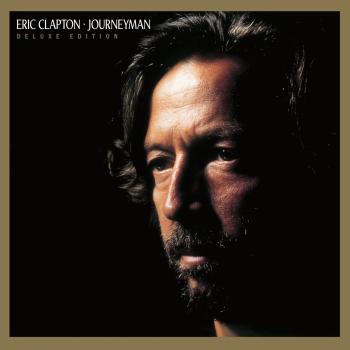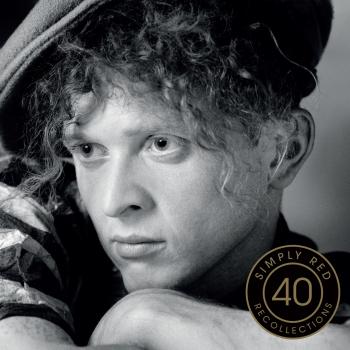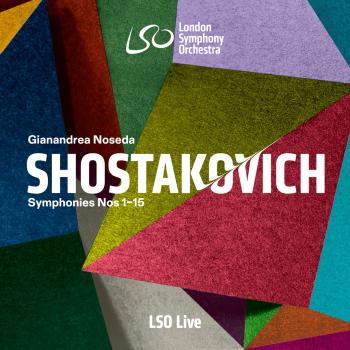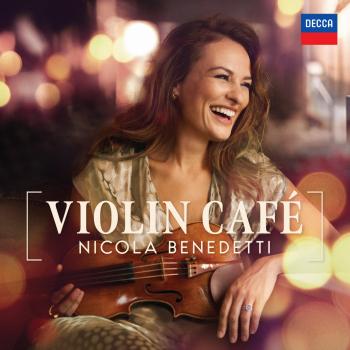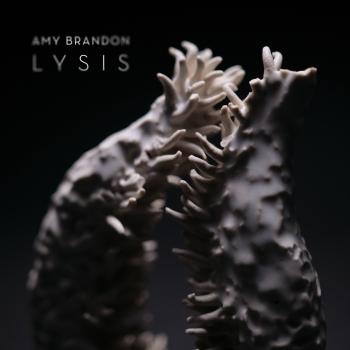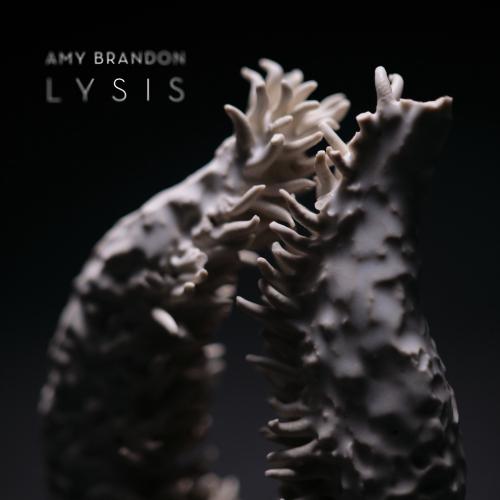
Amy Brandon: Lysis Amy Brandon with Various Artists
Album info
Album-Release:
2024
HRA-Release:
16.08.2024
Label: New Focus Recordings
Genre: Classical
Subgenre: Classical Crossover
Artist: Amy Brandon with Various Artists
Composer: Amy Brandon
Album including Album cover Booklet (PDF)
- Amy Brandon: microchimerisms:
- 1 Brandon: microchimerisms 01:06
- threads:
- 2 Brandon: threads 09:22
- Intermountainous:
- 3 Brandon: Intermountainous 07:55
- Caduceus:
- 4 Brandon: Caduceus 04:17
- Tsiyr:
- 5 Brandon: Tsiyr 05:31
- Affine:
- 6 Brandon: Affine 04:53
- Simulacra:
- 7 Brandon: Simulacra 12:31
- Lysis:
- 8 Brandon: Lysis 05:23
Info for Amy Brandon: Lysis
Amy Brandon’s music explores sonic phenomena, not from a stance of researched detachment and research, but in service of the immediate goal of enveloping the listener in uniquely sensual sounds. The result is music that is cathartic and tactile not only when it peaks but also when it revels in intimacy. On these eight works for various instrumentations, we hear Brandon’s timbral creativity merged with her intuitive sense for development and pacing. It is this feel for structure and direction regardless of the chosen material that makes these pieces so compelling. Microtonality, and specifically creative approaches to just intonation, is another core concern of Brandon’s music, and figures prominently in multiple works on this collection. Lysis features premier ensembles and performers such as Quatuor Bozzini, India Gailey, Ensemble Paramirabo, Chartreuse Trio, Sara Constant and more. The album is Brandon's second full-length recording following her "fascinating debut" (according to veteran critic Stuart Broomer) Scavenger, which was nominated for Music Nova Scotia's 'Classical Recording of the Year 2016' and East Coast Music Awards 'Classical Composition of the Year 2017' and 'Instrumental Recording of the Year' 2018. The Nova-Scotia based Brandon has been commissioned by The JACK Quartet (JACK Studio 2020), the Gaudeamus Festival (Screen Drive), Winnipeg New Music Festival, Instruments of Happiness, Continuum Contemporary Ensemble, and the Toronto Symphony Orchestra.
The album opens with a short solo flute introduction, microchimerisms. The work is entirely non-pitched, instead excavating expressive, visceral gestures from a palette of air sounds. Threads for string trio is grounded in an investigation of the gesture of a swell. Brandon deftly maps this organic shape onto a wide range of timbral possibilities, taking the listener through a panoply of ways that sound can be modulated on bowed string instruments. Energy is present throughout, whether in the intense density of sustained tremolos or the fragility of delicate col legno droplets of sound.
An accomplished guitarist herself, Brandon has several works for the instrument, many of which feature alternate tunings. Intermountainous is one of them, reveling in the exquisite subtleties of harmonics articulated within a microtonal scordatura. Brandon adds ambient but active electronics that create an expansive sonic imprint, evoking the transmission of sounds over a large distance. Irregular tremolo figures in the guitar provide the technical basis for much of the material, and at a climactic moment, the electronics nearly subsume the guitar sound with swirling effects.
Caduceus for two cellos and electronics is inspired by the mythical staff held by the classical gods Hermes and Mercury. Brandon animates the two cellos, breathing life into their ferocious conflict in the opening of the piece and the plaintive swells that follow. Throughout, they function as two equal halves that combine into a constantly shifting whole.
For Tsiyr, Brandon extrapolates a matrix of 11th partial harmonics that form the tuning of the open strings of the string quartet, and then builds what she terms a “imaginary tuning” downward from those 11th partials for the piano tuning. Flute and clarinet round out the instrumentation in a piece that creates a magical halo of ethereal pitch that blooms over the work’s duration, culminating in an explosive final gesture in the strings.
Affine foregrounds wind instruments in an octet instrumentation that includes strings, percussion, and piano as well. Focusing initially on insistent repeated notes that emerge and fade away, Brandon plays with expectations when the hairpin gesture continues with breath and key sounds but without discrete pitch, save for faraway rumbling in the lower register of the piano.
Simulacra is the album’s most ambitious piece in terms of length and instrumental forces. The work was JUNO-nominated and features Jeffrey Zeigler as the cello soloist with Symphony Nova Scotia. Brandon takes advantage of the broad color choices at her disposal to create a vibrant, dynamic timbral landscape. The cello part is kinetically virtuosic, circling around complex expressive profiles that are often subsequently magnified in the orchestration. Brandon uses motoric, forceful rhythmic materials to drive sections forward, sometimes organized in cyclical patterns and other times in irregular groupings. In the liner notes, she writes, “Simulacra is a copy without an original,” reflecting on how human behavior can mirror this concept through our layers of ever changing, self-constructed identities.
The album closes with the title work, Lysis, for string quartet. Lysis is based on an exploration of common tones between upper partials of different harmonic series. By connecting the “branches” of foundational pitches, Brandon cultivates a way to navigate, and even modulate in a sense, between harmonic series belonging to different fundamentals. The work also emphasizes ways in which a variety of bow pressures can articulate and reveal different partials and combinations thereof on string instruments. While pitch and timbre are always interrelated, by virtue of these organizing principles, Brandon has placed them in a symbiotic relationship with each other. The result, as with the other works on this collection, is an organic marriage of parameters that project gestural clarity even as Brandon mixes and matches them, mining the fruits of different permutations. - Dan Lippel
Quatuor Bozzini:
Alissa Cheung, violin
Clemens Merkel, violin
Stéphanie Bozzini, viola
Isabelle Bozzini, cello
Paramirabo:
Jeffrey Stonehouse, flute
Gwenaelle Ratouit, clarinet
Daniel Áñez, keyboards
Alkali Collective:
Jack Chen, flute
Jacob Caines, clarinet
Shauna DeGruchy, trombone
Erin Donovan, percussion
Tristan De Borba, saxophones
Megan Thibeault, piano
Charna Matsushige, violin
Connor Cornick, cello
Amy Brandon
JUNO-nominated composer Amy Brandon’s pieces have been described as “...gut wrenching and horrific” (Critipeg), and “otherworldly, a clashing of bleakness with beauty” (Minor Seventh). She teaches composition at Dalhousie University at the Fountain School of Performing Arts in Halifax, Nova Scotia.
Canadian composer Amy Brandon has a penchant for examination of phenomena in her music, finding rarefied beauty in refined and unbridled noise, experimentation with alternate tuning, and innovative instrumental approaches. Lysis features performances by Alkali Collective, Chartreuse Trio, Quatuor Bozzini, Symphony Nova Scotia with cellist Jeffrey Ziegler, guitarist Julian Bertino, flutists Sara Constant and Jeffrey Stonehouse, cellists India Gailey and Leah Plave, clarinetist Gwenaelle Ratouit, pianist Daniel Áñez, and Brandon herself on electronics.
Booklet for Amy Brandon: Lysis





